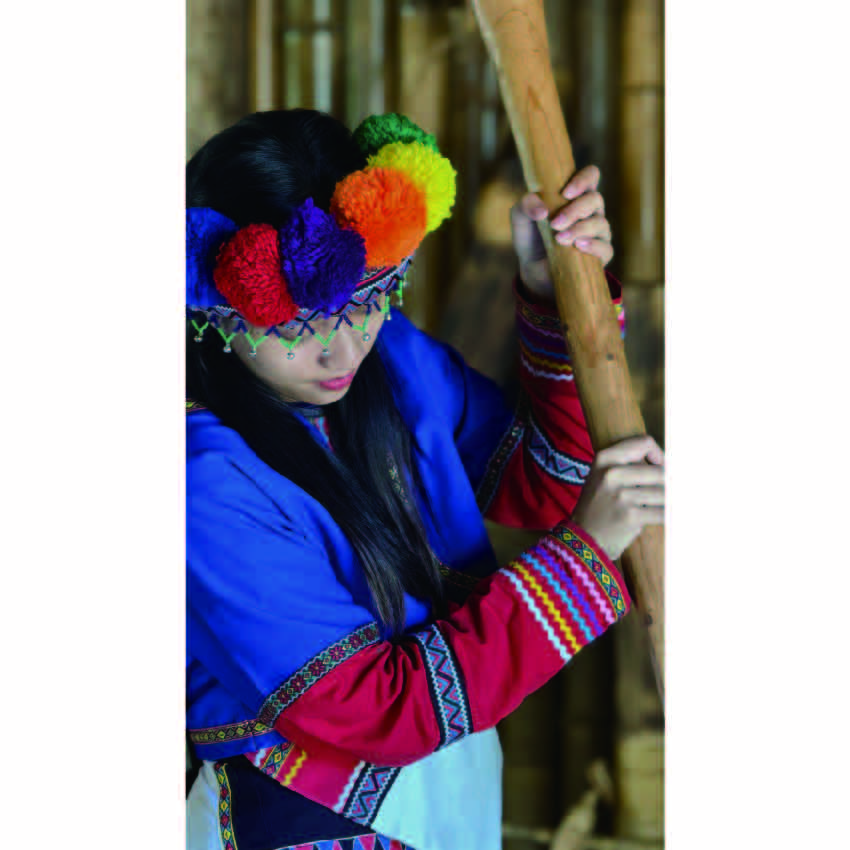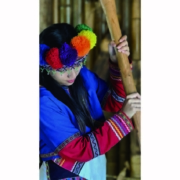pngiei 木杵、suhngu 臼

pngiei 木杵、suhngu 臼
台灣原住民將稻穗收割後,經過曝曬,便收藏在穀倉中。
每天清晨要煮食時,再取出所需的稻穗,舂杵去殼。
所以,台灣各地原住民均有杵、臼等舂米工具。
這些舂米器具多為木製,各族的器形不大一樣,如泰雅族的木臼,口淺、腰細,與其他各族較為不同,鄒族、邵族的木臼外形幾呈直筒狀。
舂米的杵多為木製,長度約八十公分,杵的中段較為細小,方便手執,杵的器形,各族亦有不同。
”pngiei” wooden pestle, ”suhngu” mortar
Taiwanese aborigines harvested the rice ears, exposed them to the sun, and stored them in barns.
Every morning when cooking, take out the required rice ears and pound and pestle them to remove the hulls.
Therefore, aboriginal people all over Taiwan have rice pounding tools such as pestles and mortars.
Most of these rice-pounding utensils are made of wood, and the shapes of the utensils vary among different ethnic groups. For example, the wooden mortars of the Atayal people have a shallow mouth and a thin waist, which are quite different from other ethnic groups. The wooden mortars of the Tsou and Thao people are almost straight-cylindrical in shape. .
The pestle used for pounding rice is mostly made of wood and is about 80 centimeters in length. The middle section of the pestle is smaller and easier to hold. The shape of the pestle also varies among different ethnic groups.




